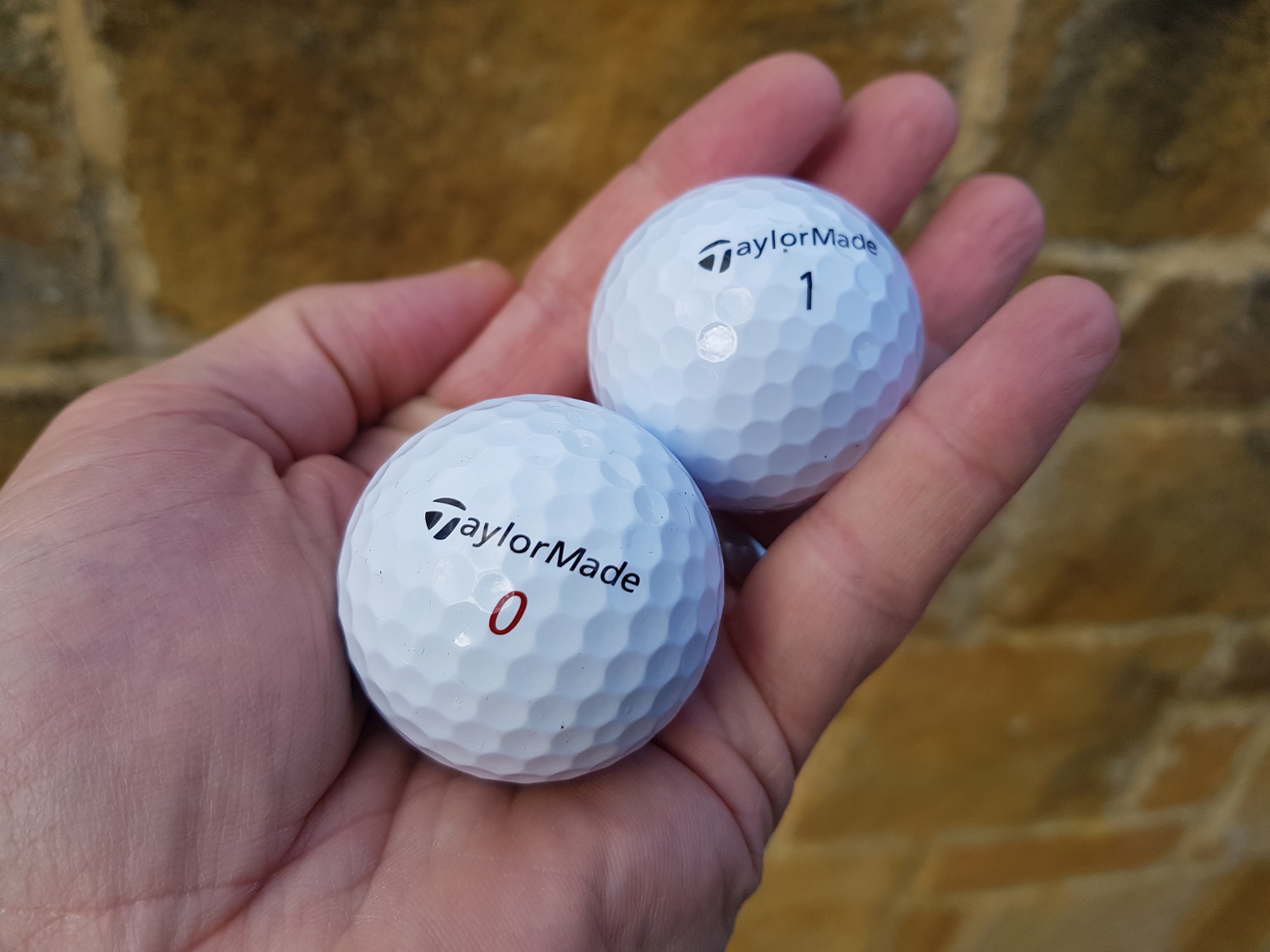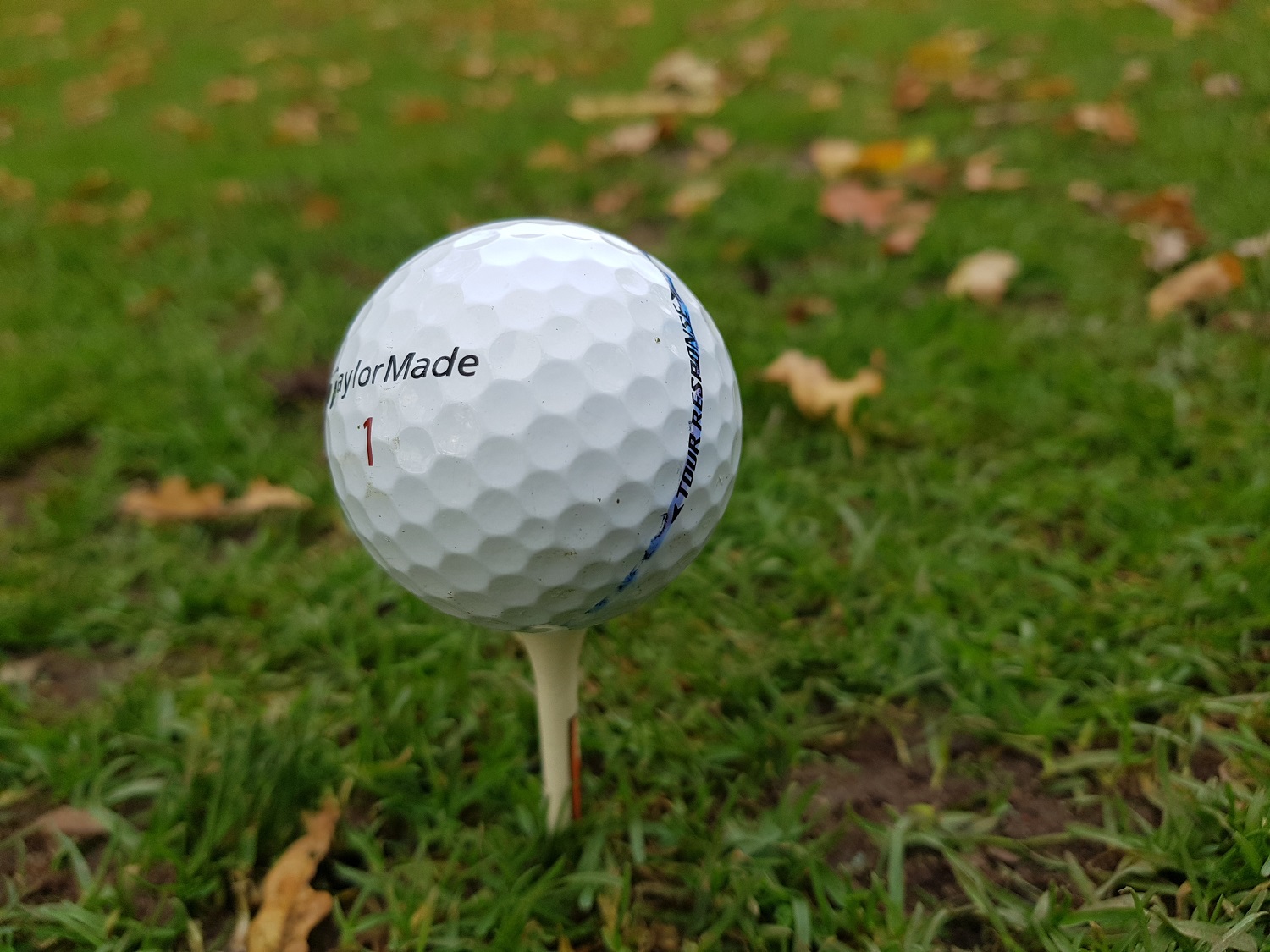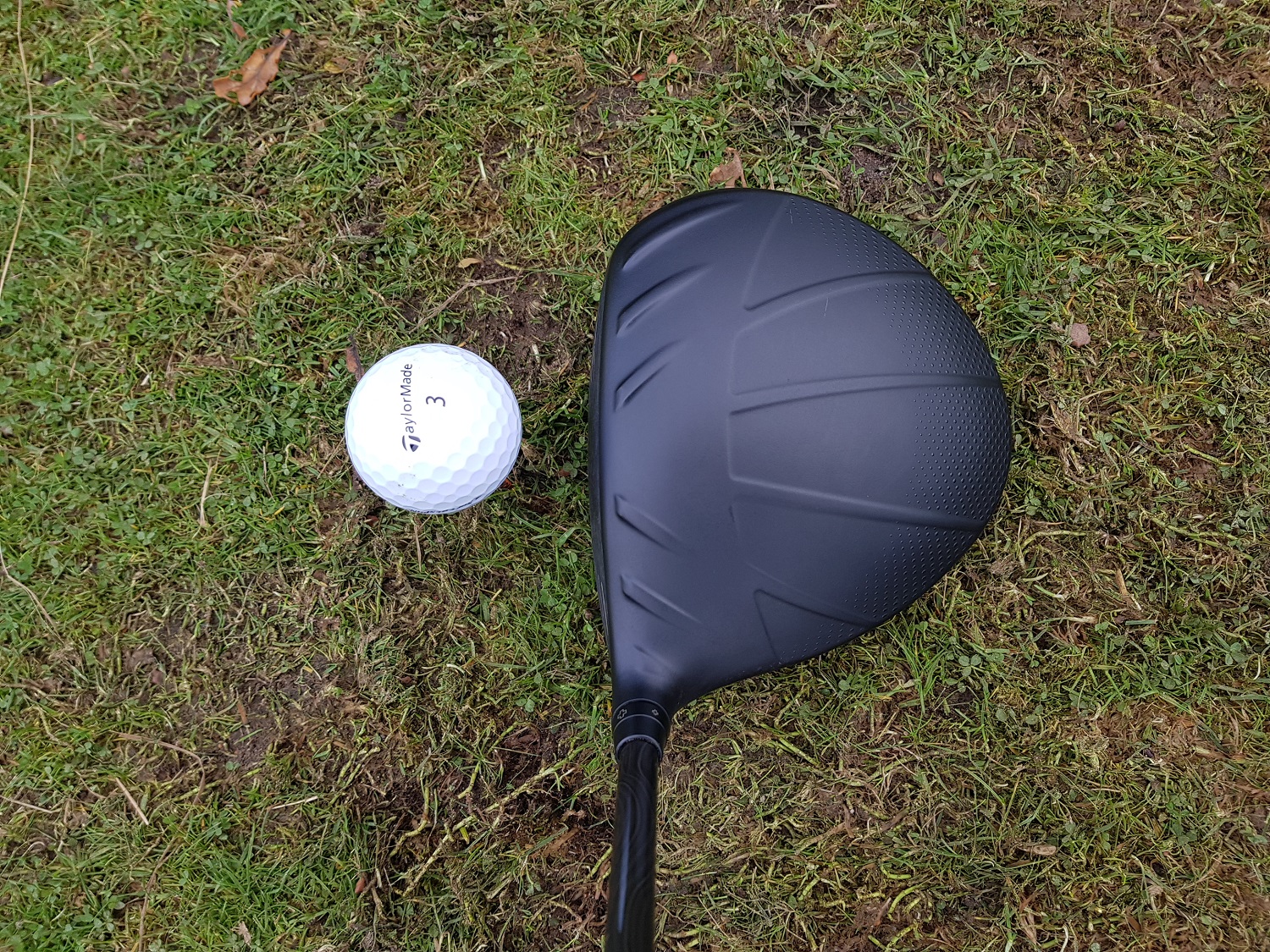TaylorMade Tour Response vs TaylorMade Soft Response
Check out our verdict on TaylorMade Tour Response vs TaylorMade Soft Response


In this review of the TaylorMade Tour Response golf ball and the TaylorMade Soft Response, we compare stablemates and two TaylorMade balls that launched to market at exactly the same time.
In a bid to prise away golfers from buying expensive premium balls, TaylorMade’s response was two high quality three piece balls that represent real value for money.
The Tour Response has a 100% urethane cover – the gold standard material for tour level golf balls – and is designed to offer equivalent performance to the best golf balls. The TaylorMade Soft Response has larger, wider u-shaped dimples, a soft ionomer cover and a ZnO FLEX CORE™ with a compression rating of just 35.
Both balls have a springy mid-layer and a softer core making them easier to compress for golfers with slow to mid-range swing speeds while offering similar distance to tour models and plenty of greenside spin.
We tested both balls on the golf course and on a launch monitor to see how they compared.
TAYLORMADE TOUR RESPONSE VS TAYLORMADE SOFT RESPONSE: DEALS AND DETAILS
Looks
Unbox these balls and the Tour Response feels and looks premium while the larger dimples and shinier ionomer core of the Soft Response give a game-improving first impression.
Both have handy alignment arrows split by the ball name and useful for lining up tee-shots and putts.
Subscribe to the Golf Monthly newsletter to stay up to date with all the latest tour news, equipment news, reviews, head-to-heads and buyer’s guides from our team of experienced experts.
Tour Response has a deep red number, Soft Response numbers are black. Both balls have 322 dimples but those on the Tour Response are more uniform and equally proportioned whereas the Soft Response dimples are eye-catchingly different. TaylorMade calls this its extended flight dimple pattern, meant simply to launch the ball higher and fly for longer.

Feel
For a low compression ball, the TaylorMade Tour Response isn’t as soft as you’d expect. It has a firm, solid feel and felt dull off the face on off-centre strikes.
On well struck shots, the core of the Tour Response feels springy and there’s an obvious energy transfer as the ball zips off fast. TaylorMade call this its ‘hi-spring core’ and they’ve coupled it with a thinner HMFq SPEEDMANTLE™ for advanced ball speed.
The Soft Response predictably feels soft. Very soft. That’s no surprise for a ball rated 35 compression. It also has a ‘hi-spring core’ matched with a ZnO FLEX CORE™ and enhanced SPEEDMANTLE™ just below its thin tough cover, which makes the ball feel lively off the face and exceptional off the putter.
Around the green, the Soft Response feels great off the face but it doesn’t have the same short game control and spin rates of the Tour Response. The feel is there but the ball releases more than you’d ideally want.
The Tour Response has a firm feel but in short game tests, it was hard to tell the difference between it and more premium models like the TP5 and TP5 X.
Ball Flight
In long game testing, the TaylorMade Tour Response was a clear front runner over the Soft Response.
On the course, both balls launched well and reached a healthy peak height that meant shots held the greens well.
With shorter irons, I found the Tour Response flew lower and had a more aggressive flight – ideal for attacking flags with wedge – whereas the Soft Response seemed to pop off the face and fly higher and softer into greens. This would be difficult to control in windy conditions.
On mid to long iron shots, both balls had the same stable straighter flight you expect from the best TaylorMade golf balls and deviated less than other mid-range golf balls.
The Soft Response is a good all-rounder and performed well on the course on a breezy day but launch monitor testing revealed limitations in terms of overall distance and spin rates.

TaylorMade Tour Response

Distance
The Soft Response span far more than the Tour Response in a comparative test of 10 seven-iron shots, often reaching 7500 rpm. Ball speed was lower (113 to 116mph) compared to Tour Response which was consistently between 117 and 120mph. The shots were grouped between 166 and 171 yards for Soft Response compared to a range of 170 to 176 yards for Tour Response.
That’s a significant distance advantage for the Tour Response with a 7-iron. With driver, Tour Response was an average of 6 yards longer than with Soft Response in launch monitor testing. Ball speed on driver testing was slower across the board with the softer ball.
Soft Response launched higher with Driver and lacked penetration on the breezy day I tested it on course at Brancepeth Castle Golf Club.
Control
Given their lower price point, both balls deliver good distance, stable flight and solid spin control spin on hitting the green.
The Tour Response is longer and more consistent when it came to distance control on the launch monitor.
I found the Tour Response to offer more short game control and while the Soft Response felt great on the wedge and putter, it released more on chip shots and doesn’t offer the same precision as expensive models like the TP5 and TP5x balls.
Which ball should you choose?
Choose the TaylorMade Tour Response if...
- You want a cheaper alternative to the TP5 and TP5x
- Consistent distance control
- You want higher launch, consistent distance and stable flight in the long game
- You prefer a firmer feel green side
Choose the Soft Response if…
- You want a good all-rounder that won’t break the bank
- Prefer a softer feeling ball for short game and putting
- Want a higher launching ball that stops quickly
If you decide to buy from the TaylorMade brand, check out our helpful TaylorMade discount codes.
Matthew Moore fell in love with golf hitting an old 3-iron around his school playing field imagining rugby posts were flags and long jump pits as bunkers.
He earned golf scholarships to the University of St Andrews and Emory University, Atlanta, U.S.A and dreamed of playing professionally before training as a journalist.
He has worked at Golf Monthly and CNN Sports as well as covering golf news, features, products and travel as a freelance writer and TV presenter for newspapers, magazines and corporate clients. Matthew has interviewed Ryder Cup Captains, Major Champions and legends of the game and rates sharing a glass of rioja and a bowl of nuts with Miguel Angel Jimenez as his favourite moment. Matthew plays off 1, has won five club championships and aced the first hole of Augusta National’s Par-3 course in 2002.
